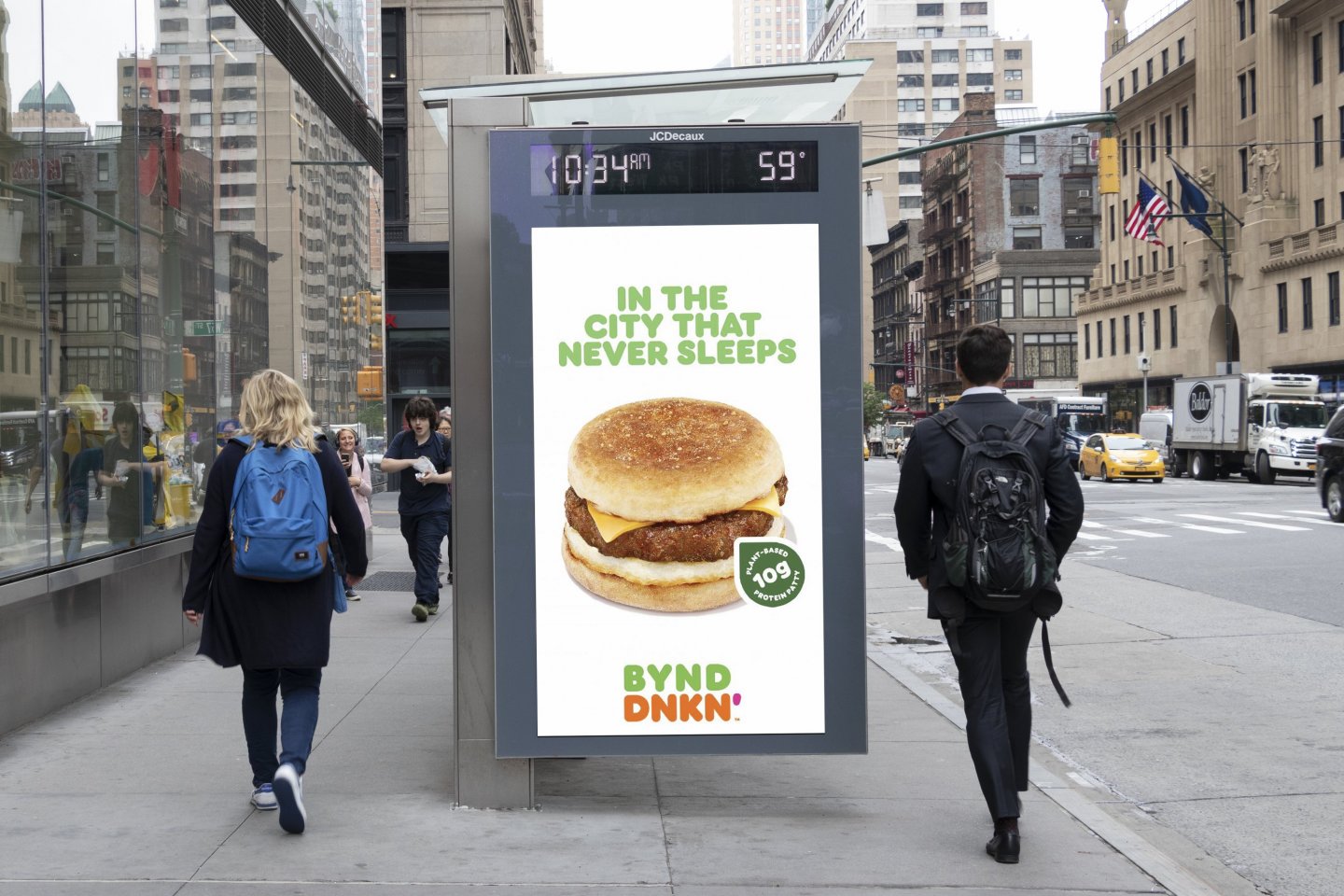
In the era of digitalisation and the rise of smart cities, outdoor advertising has infinite possibilities to reach consumers effectively
Digital Out-of-Home (DOOH) is at the heart of activity, where citizens all over the world are exposed to this media: in the UK, DOOH reaches 68% of adults every week (Route audience data, June 2019). This digitalisation and technology progression with connected bus shelters, 5G, environmental sensors, electric bicycles, etc. offer large amounts of data and have transformed the way brands and agencies leverage OOH advertising. Through smarter communication, data-driven campaigns facilitate more detailed planning and targeting, which in turn enriches consumer experience in the outdoor environment.
The rise of the smartphone and the technological breakthrough in location data allows for unprecedented insight into consumer behaviour, preference, and habits. Such technology has taken OOH planning and targeting to the next level, enabling brands to reach their audience more efficiently. Historically, a fast food restaurant campaign would resort to a proximity-based campaign while now it is possible to target customers with location-based data including point of interest, frequency of purchase, past customers of competitor restaurants, and more. Media owners are increasingly working with data management platforms (DMP) which provide clients with insights about their target audiences; an example of this is an American platform, Neustar, which provides JCDecaux with analysis of their clients’ target audience. This ensures higher efficiency of campaign planning. Dunkin’ Donuts has partnered with JCDecaux US to run a DOOH campaign on the New York Digital Street Furniture network. The underlying objectives were to drive product awareness of the new BYND x Dunkin’ sandwich (a meat-free alternative) and increase foot traffic in the Dunkin’ locations. JCDecaux used Neustar to create an audience of current and prospective customers identified as the “Flexitarian”. This campaign successfully increased traffic to the designed Dunkin’s locations with a 41% lift in visitation. In addition to this third-party data, advertisers can also integrate their customer data, enabling them to target bespoke groups.

The data evolution is not only instrumental towards targeting the right people at the right time, but it can also improve the efficiency of creative campaigns with real-time, relevant messaging, and consequently optimising audience attention. It is not only about knowing who and where the customers are, but it is also important to focus on what is displayed on the screen in order to maximise consumer engagement. Contextual advertising drives impact not only due to relevance but also due to the element of surprise where consumers are not as used to tailored messaging in the outdoor environment.
JCDecaux’s DKNY campaign in New York City demonstrated the positive effect of data-driven campaigns both in terms of targeting and creative messaging. A bespoke “DKNY” audience was created via the Neustar platform, which was overlaid with JCDecaux digital inventory data, to identify the highest propensity to reach that audience. The creative strategy comprised 15 unique dynamic creatives, according to time of day, to contextualise their message and connect with their custom audience. JCDecaux showcased the real-time capabilities of its digital screens.

Today, connected citizens expect captivating and engaging content, with timing and relevance of information being the key drivers of capturing their attention. Thanks to the data-rich landscape of DOOH, advertisers can communicate their messages more efficiently and can be included in a cross-channel media campaign to maximise reach. Advertisers can now utilise the same targeting strategies across all their digital media channels, making OOH an accessible channel for all brands, including digital native companies. Transforming our industry and taking it to the next step includes a lot of changes including data, creative customisation and audience insights. To continue advancing the digitalisation of the OOH industry, advertisers and agencies should collaborate and contribute towards improving the data ecosystem, enabling an increase in efficiency and ROI.
